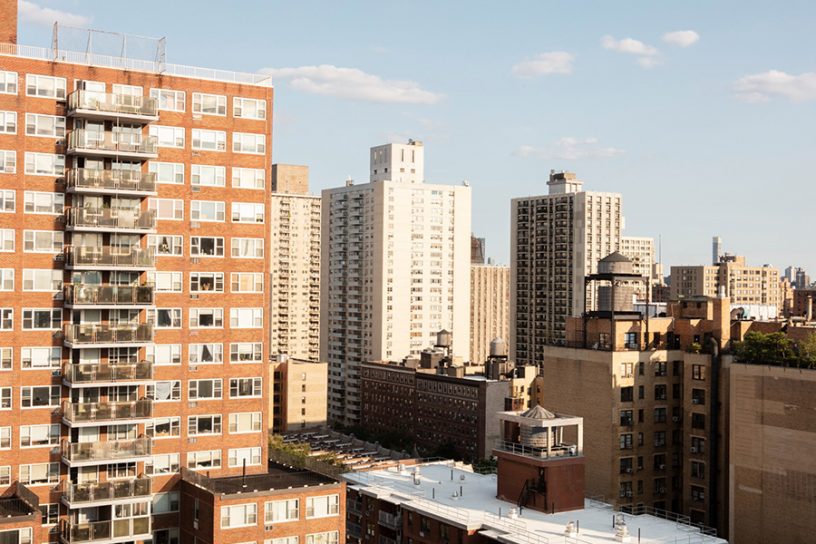
While neither South Africa nor India recognises this right explicitly, both have a fertile constitutional jurisprudence on the right to housing.
Author
Ajey Sangai, Associate Professor, Jindal Global Law School, O.P. Jindal Global University, Sonipat, Haryana, India.
Summary
India and South Africa face a housing crisis where millions of people are either homeless or live in grossly inadequate conditions exposed to the elements of nature and severe health and nutrition risks. The crisis affects people from vulnerable races, castes, religious communities and other disadvantaged groups more severely than others.
This paper argues that (i) this crisis has a spatial context which is manifested in the production of grossly inegalitarian cities that has pushed these disadvantaged groups to the margins, and (ii) homelessness and underserved housing is not natural but a consequence of a history of state actions through laws, regulations and even judicial orders. The paper focuses on the notion of the ‘right to the city’. Initially, an attempt is made to provide some content to this right which, I argue, could be understood in terms of (i) access to amenities in a city like schools, hospitals, market etc.; (ii) the right to be a participant in the decisions of the city; and (iii) the right to appropriate the opportunities and advantages of a city.
While neither South Africa nor India recognises this right explicitly, both have a fertile constitutional jurisprudence on the right to housing. The paper takes housing jurisprudence as its point of departure and analyses the judgments of the Constitutional Court of South Africa and the courts in India from a ‘right to the city’ perspective.
The analysis requires placing housing within a broader sociological and historical context and touches on the aspects of access, participation and appropriation. I argue that we should focus not only meeting the welfare-needs of disadvantaged groups but also on their wider citizenship-based claims to play a part in the cities in which they live which, importantly, also provides a response to historical injustices in both societies.
Published in: Constitutional Court Review
To read the full article, please click here.


